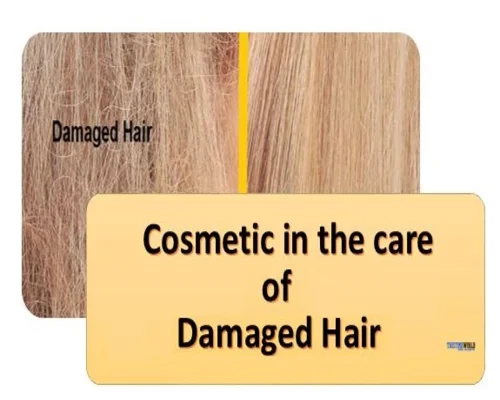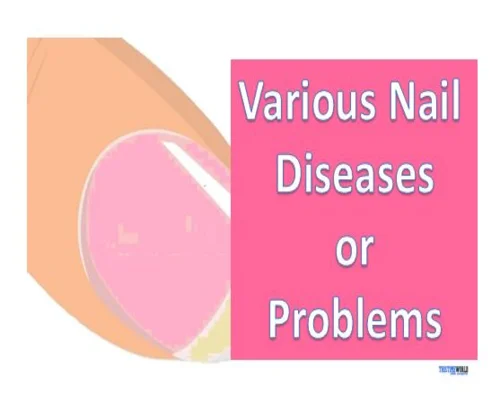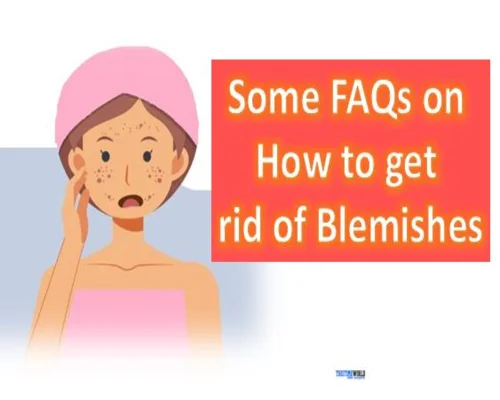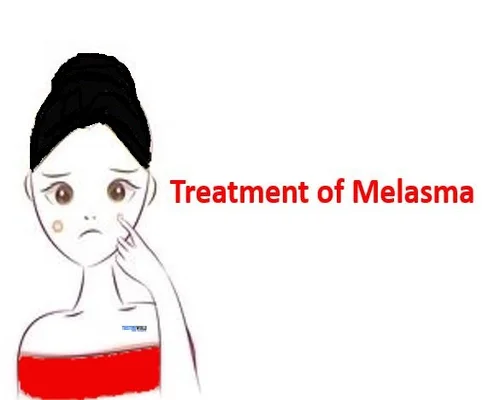
Melasma Treatment on Face
Some brown or gray spots on the face or neck of the Melasma. These spots are limited to all areas of the body where sunlight can fall. The spots start slowly and can often appear as a dot-like patch on either side of the cheek or as long, elongated patches extending down the cheek. Affected areas are under the eyebrows, on the nose, on both sides of the cheeks, around the mouth.
Before treating Melasma, it is necessary to have a proper understanding of the disease.
The exact history of the disease is not known. However, during pregnancy, contraceptive pills, use of hormones called estrogen and progesterone, use of certain drugs. Sun exposure and hereditary factors are involved in the origin of Melasma. However, according to caste, age, gender, the prevalence of Melasma is relatively higher among females than among males. If we were to describe the factors in percentage terms, we would see:
(a) Hormonal causes:
1) Pregnancy (multiple) 30-60%.
2) Estrogen and progesterone vary by 9-20%.
3) Abnormalities of thyroid gland 58%.
(b) Hereditary;
1) 100% Melasma affected by sunlight.
2) More than 80 percent of cosmetics.
3) Drug unknown.
puberty, pregnancy and sunlight increase Melasma.
Types:
Examining by a special type of lamp (known as Wood Lamps) we can divide Mechata into four categories namely:
(1) Epidermal: These spots are brown in color and the color of the spots is more visible when viewed with a lamp. 70-75 percent of patients belong to this category. At this stage, treatment is most successful.
(2) Dermal: These types of spots are small or large in size and appear dark brown or purplish brown and do not show much variation in color when viewed with the help of a lamp. 10 percent of patients are of this stage. Their treatment is rarely successful.
(3) Mixed: The stains are dark brown in color and may appear unchanged in some areas with light. All these diseases respond slowly to medication and 10 percent fall into this phase.
(4) Indeterminate: Occurs mostly in black people. Mechata can only be seen in natural light. No change occurs in the light of the lamp. 5-6 percent falls in this stage.
Treatment and Precautions:
Melasma patients are very keen to get back the normal skin color on their face. Fair to excellent results can be expected with proper and proper treatment. However, the following factors must be evaluated at some point in treatment.
1) Mechata is not an epidemic disease, you can believe in this.
2) Patients can get curable results from these spots.
3) Hormonal changes can increase fertility.
4) It will not hurt to use artificial cosmetics to cover the spots that come out.
5) In case of acne, use of any other medicine can further adjust the skin spots.
6) Stop taking contraceptive pills.
7) Stop using harsh cosmetics for facial skin.
8) Stain removers should not be used.
9) Avoid strong sunlight.
(10) Must use sunscreen, umbrella and sunglasses before going out in the sun.
Medicines used in the treatment of mechitis are:
* Hydroquinone acid cream 2%-5%.
* Retinoid acid cream 0.05%-0.01%.
* Sunscreen cream
* Steroid creams (in specific cases).
Excellent results can be obtained by using these in prescribed formula within 6-12 weeks. However, dosage, duration and post-use monitoring should all be under the supervision of a dermatologist.
--------
tags-melasma treatment, melasma, melasma treatment at home, melasma treatment cream, melasma cream, best treatment for melasma on face, melasma hyperpigmentation treatment, melasma laser treatment, hyperpigmentation treatment, treatment for melasma, how to treat melasma, melasma treatment laser, laser treatment for melasma, melasma treatment dermatologist, melasma cream review, how to get rid of melasma, what is melasma, how to treat melasma on face, treating melasma, Mecheta Treatment




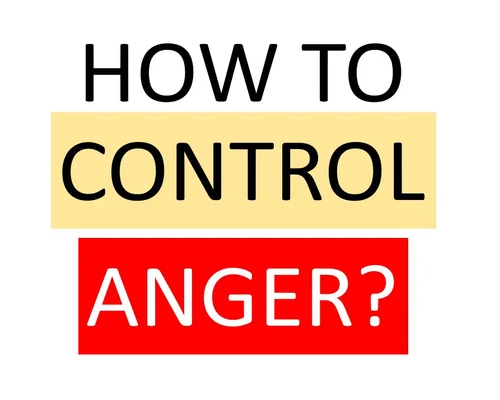









.webp)






